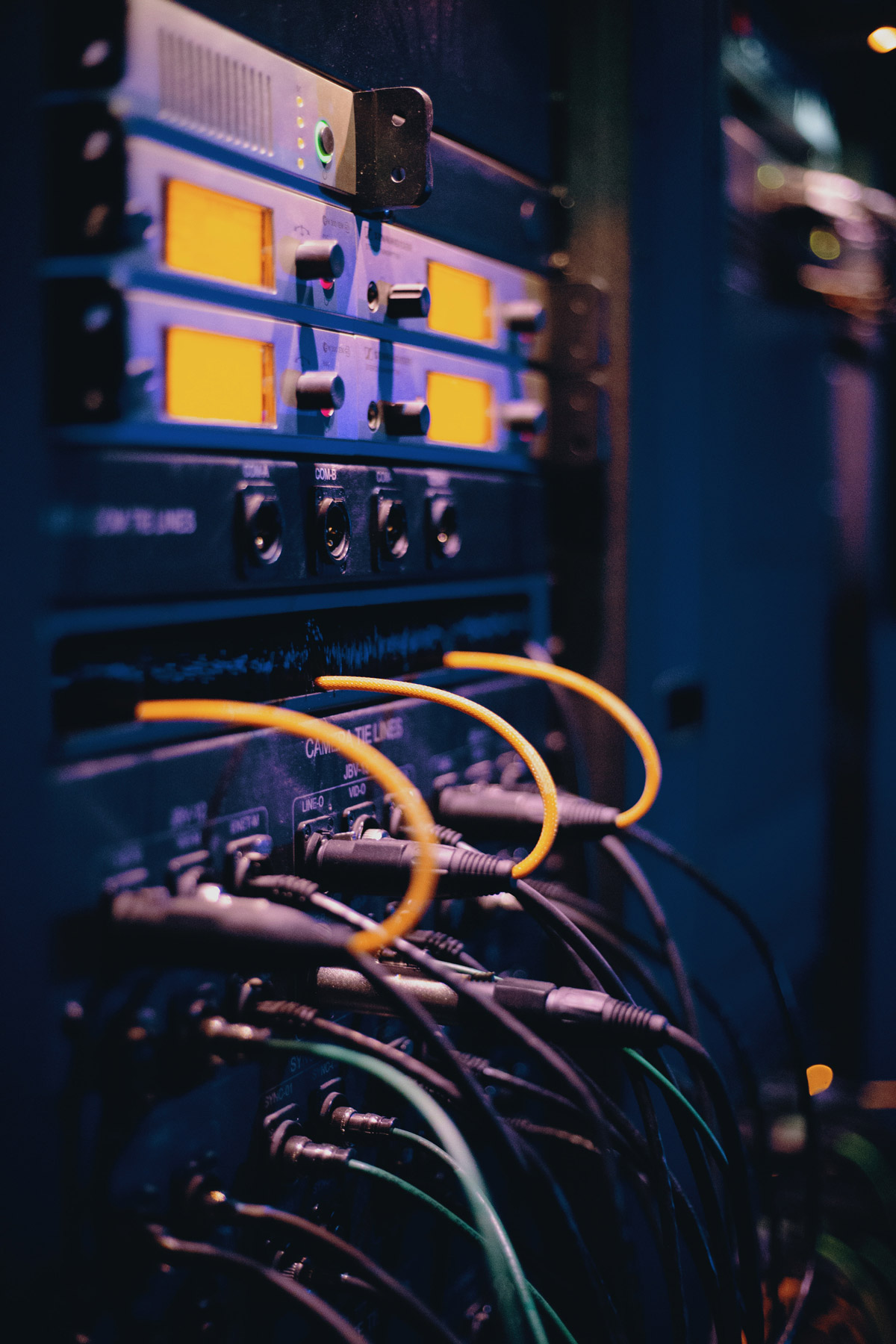Vixtera received the US patent for the fault detection in a system of connected devices
Blog

IoT is a relatively new technology, that’s why for many people this may be something incomprehensible. However, this method is far from complicated but has a complex structure. The world first heard the definition of “Internet of things” in 1999. This term was introduced by the British technologist Ashton.
Absolutely all data that fell into the computer was previously inputted by a human. This state of affairs was before the twentieth century. Since the twenty-first century, people have gadgets and as independent devices, they can collect information and share it. Now you do not need to enter any data, because smart devices provide us with data itself. Starting from the weather, location and ending with the sensor, which determines the position of the device in space. All this happens thanks to applications and built-in sensors.
Data collection, analysis, processing and exchange now occurs without human intervention, that’s called the Internet of things.
Page Contents
To understand which areas use the latest IoT technology, we first need to figure out what IoT devices are.
IoT Device is a hardware one that has a sensor and exchanges information with other appliances. They exist in the form of computer devices, wireless sensors, detectors, and software. As mentioned earlier, these devices can be built-in in various types of equipment, it can be both industrial gear and mobile appliances.
Earlier, we wrote an article where we talked about the advantages of IoT, speaking about devices, we cannot but say that their introduction will favorably affect the efficiency of enterprises, open up new opportunities and lead to lower costs. Using IoT devices in the domestic sphere will make life easier for busy people, and also reduce the time required for home care.
Speaking of IoT applications, they need an endpoint for operation. Mobile applications are mainly used as endpoints for transferring music, multimedia or for interacting with other people. Therefore, connected IoT devices need an endpoint to retrieve, process, and display data. Therefore, it turns out that the connected devices and applications are inseparable because the app is the starting point and provide readings and data storage from the device.
It is important to say that applications can be divided into two groups: the former collect and analyze data, and the latter can control the device (for example, smart home applications).
IoT apps will be used by billions of people everywhere, and devices will be installed on millions of industrial and domestic facilities soon. In the near future, everything around us will possess intelligence and simplify our lives.
It is worth mentioning that the first IoT implementations were successful and various areas can boast of using technology at the moment, namely:
This type of technology no longer seems impossible, since its introduction has already occurred in our lives. Only ten, fifteen years ago, no one would have thought that a computer that occupies an entire floor earlier would fit a jeans pocket. Almost the entire population of the globe has smartphones and personal computers but also gets acquainted with wearable devices at the same time.
Hearing the word “wearable device”, only smartwatches come readily to the minds of most residents. Yes, this is a popular device, but the technology market has a much wider selection of different devices.
This is the most common application for IoT devices and apps. In order to ensure a comfortable life, many people use smart devices in everyday life. Automatic garden watering, floor heating prior to arrival and a smart vacuum cleaner are just the beginning of the promising IoT industry.
Setting up production, improving productivity, cutting costs and increasing revenue is possible with IIoT. This technology can work both with a person and in his absence, which makes this area quite promising. Smart machines will help solve the problems associated with quality control that people often commit.
Earlier in the articles, we talked about the similarities and differences between IoT and Industrial IoT. We mentioned that IoT technology is easier to use, repair, and implement than IIoT. Therefore, it is worth paying more attention to the Industrial Internet, since this technology is used in large enterprises and industries, and there, as its known, a high level of reliability and dependability of devices is needed.
In order to deploy an IoT device, you need to know a few related requirements. To manage devices, you need monitoring, diagnostics, configuration, authentication, and software maintenance.
If the use of IoT devices in the domestic sphere can work for a long time without problems, then IIoT will require fixing bugs, updating software, replacing and repairing failed devices.
Effective and proper operation of industrial devices requires a decent solution that will analyze the operation of applications, identify and fix failures. This solution should also provide reliable forecasting of problems and their timely prevention.
For accurate data processing, providing final information and launching solutions at the application level is required the software that the gateways provide. This is equipment that can combine dozens of sensors or smart devices. The presence of gateways provides not only efficient data collection but also allows them to solve only those tasks for which they are designed.
ViEdge software can help solve these two situations quickly and efficiently. ViEdge will not only simplify the connection of devices, but also improve its service and management, and at the same time will make reasonable and effective decisions regarding data processing.
Vixtera has also developed an efficient algorithm that responds to crashes, various anomalies and problems in the functioning of devices. An effective solution from Vixtera is able to quickly determine the cause of the problem, as well as what contributed to its occurrence. This algorithm will analyze the external and internal environment of the devices and give a high-quality answer due to a failure, which will reduce equipment downtime.